(NLDO) - NASA's photo of giant red bean-like structures on Mars could bring a breakthrough in the search for life.
An image taken by NASA's Mars Reconnaissance Orbiter (MRO), currently orbiting Mars, shows giant red bean-like structures standing out in the frozen desert.
NASA says they are actually frozen sand dunes in the planet's northern hemisphere. But scientists believe they could also hold signs of water and life.
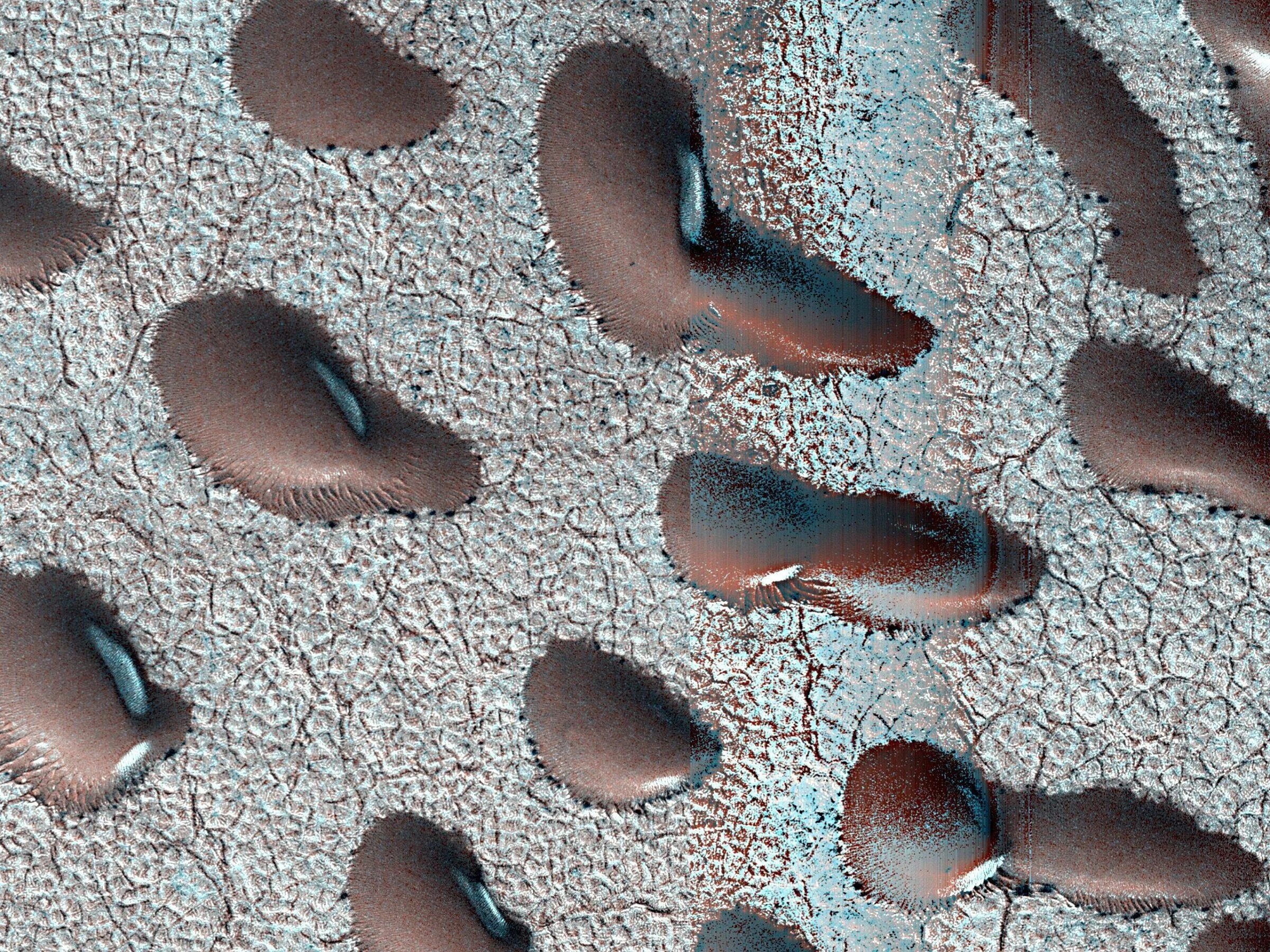
Giant "beans" on Mars could reveal the planet's past and present habitability - Photo: NASA/JPL-Caltech
According to Live Science , NASA scientists explain that although the ice is made of carbon dioxide and not water, it still affects the possibility that Mars once had water for long periods in the past.
The amount of carbon dioxide on Mars varies depending on the planet's angle of tilt relative to the Sun.
Earth wobbles just a little as it spins on its slightly tilted axis, creating different seasons. But Mars' tilt has changed dramatically over millions of years, causing its seasons to change dramatically as well.
When Mars tilts away from the Sun far enough, the carbon dioxide ice will turn into gas on a large scale.
This process was enough to give the entire planet a thicker atmosphere, enough to support water in a liquid state for long periods of time.
With a better understanding of how carbon dioxide ice appears and disappears under current conditions on Mars, scientists can make better predictions about the planet's past climate.
Studying how ice changes seasonally based on the "beans" in the MRO images could help scientists recognize geological formations caused by carbon dioxide that reflect climate change in detail.
If there were periods of climate that supported stable liquid water, then there is a strong possibility that Mars has had life — at least in the bacterial form — not only in the past but also in the present.
Source: https://nld.com.vn/tau-sao-hoa-chup-duoc-thu-co-the-chi-ra-manh-moi-su-song-196250114164709534.htm





![[Photo] Closing of the 11th Conference of the 13th Central Committee of the Communist Party of Vietnam](https://vstatic.vietnam.vn/vietnam/resource/IMAGE/2025/4/12/114b57fe6e9b4814a5ddfacf6dfe5b7f)

![[Photo] Overcoming all difficulties, speeding up construction progress of Hoa Binh Hydropower Plant Expansion Project](https://vstatic.vietnam.vn/vietnam/resource/IMAGE/2025/4/12/bff04b551e98484c84d74c8faa3526e0)
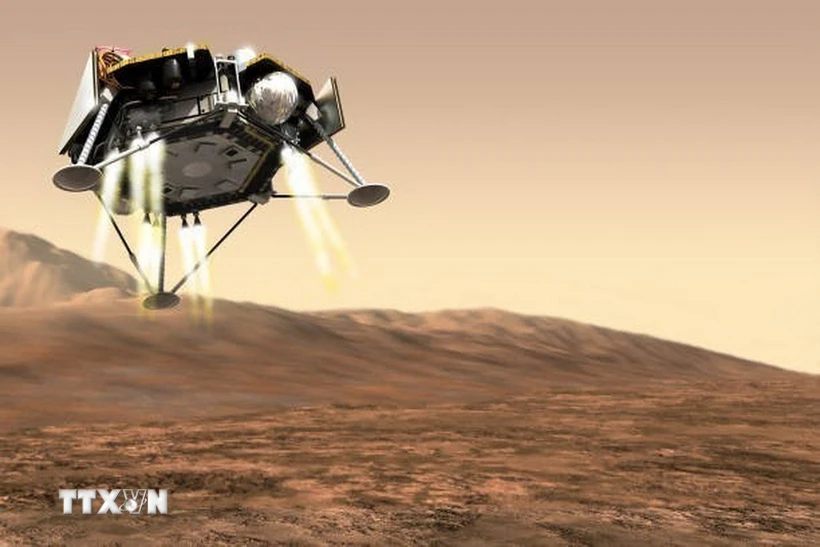

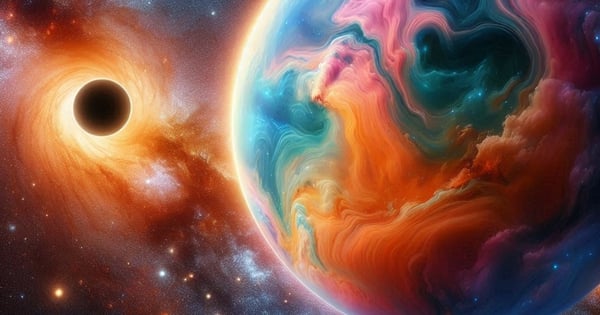
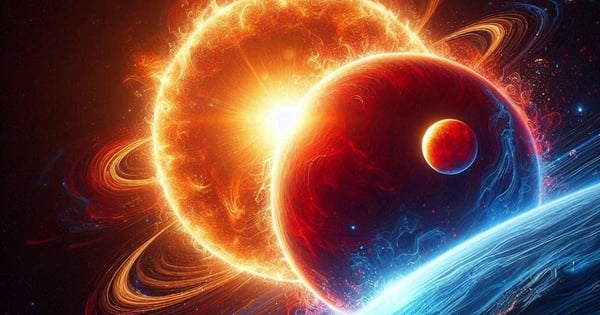

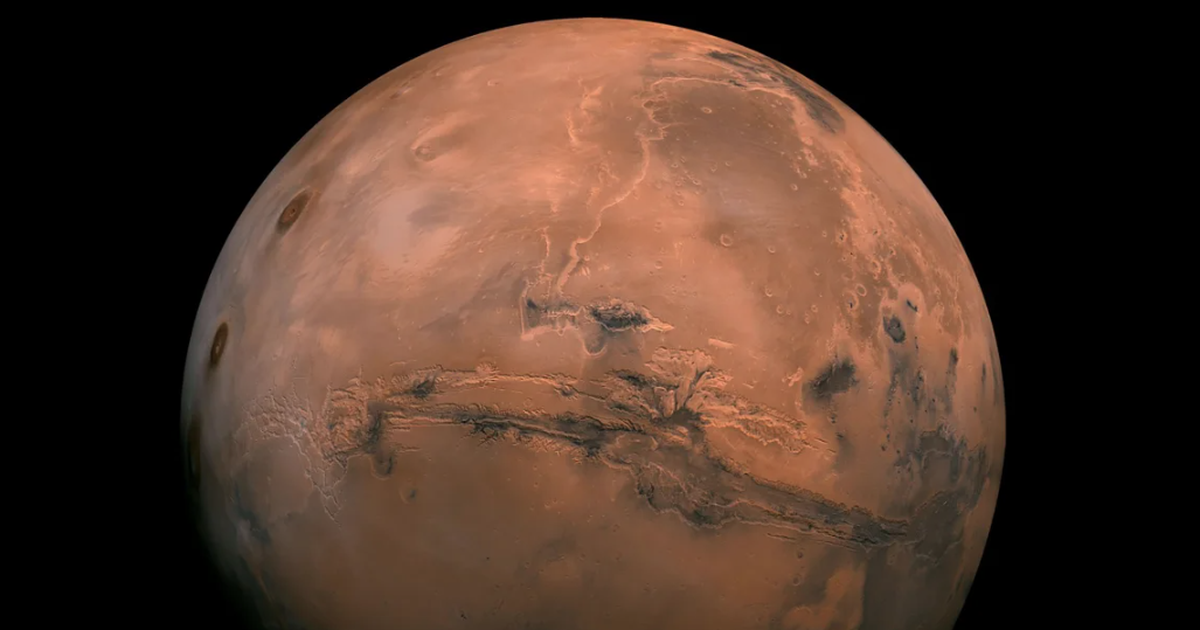


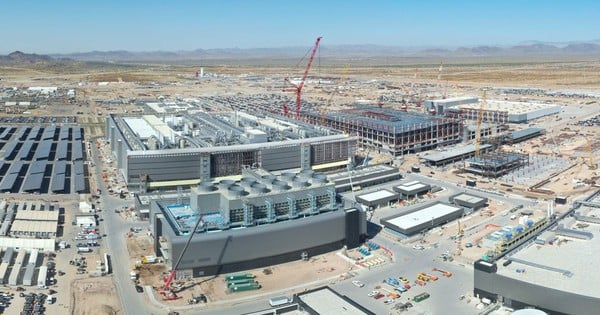













































































Comment (0)